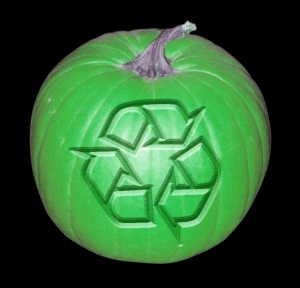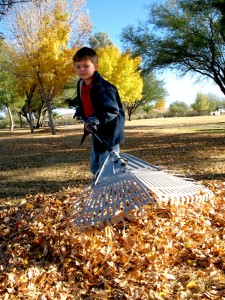Celeb Baby Laundry, a popular mommy blog, posted an entry about National Geographic Little Kids. National Geographic Little Kids is a division of the National Geographic Kids brand that targets toddlers and pre-kindergarten children rather than children in elementary school. There are separate magazines for National Geographic Kids and Little Kids. Each one also has specific online and tangible games.
The Celeb Baby Laundry blog discusses one of the games for National Geographic Little Kids. This game is called Look and Learn. Look and Learn is similar to the National Geographic magazine because it grabs the reader’s attention with the use of beautiful photographs. However, Look and Learn targets toddlers and pre-kindergarten children by using big photos of animals and nature. The photographs in Look and Learn are combined with learning concepts such as numbers, matching and opposites.
The woman who wrote this blog post provided a personal story about National Geographic Little Kid’s Look and Learn. She said that her two-year-old daughter, Ava, loves to play the game and answer questions about the pictures. She said Ava learned the names of animals as well as their characteristics by matching the baby animals to the mother animals.
Celeb Baby Laundry also has posts about National Geographic Kids Insider. National Geographic Kids Insider is a special program for bloggers and other social media gurus to spread news about National Geographic Kids. The author of Celeb Baby Laundry was at a blogging conference when she was asked by National Geographic Kids representatives to write posts about their brand and ask readers what their kids wanted to see in the magazine.











Recent Comments